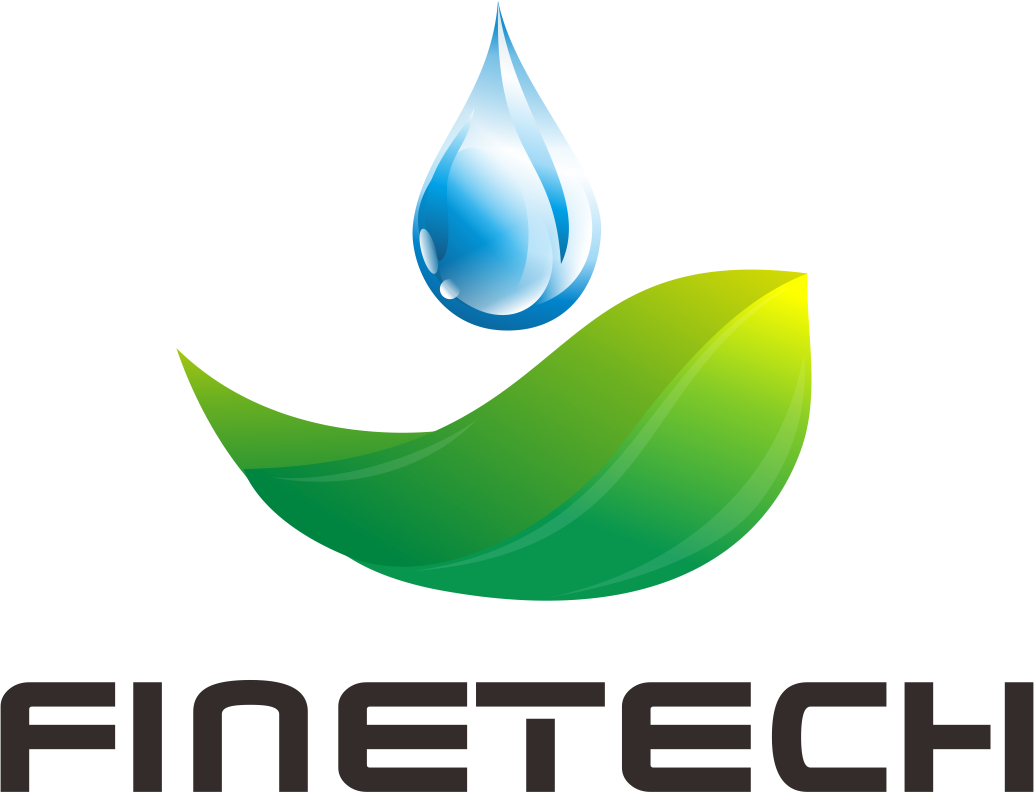L-Valine Feed Grade: 10 questions you may want to know
L-Valine Feed Grade is an essential amino acid used primarily in animal nutrition. It plays a critical role in protein synthesis, muscle growth, and overall animal performance. As an indispensable supplement in feed formulations, L-Valine helps optimize the nutritional balance, promoting the health and growth of livestock and poultry.

